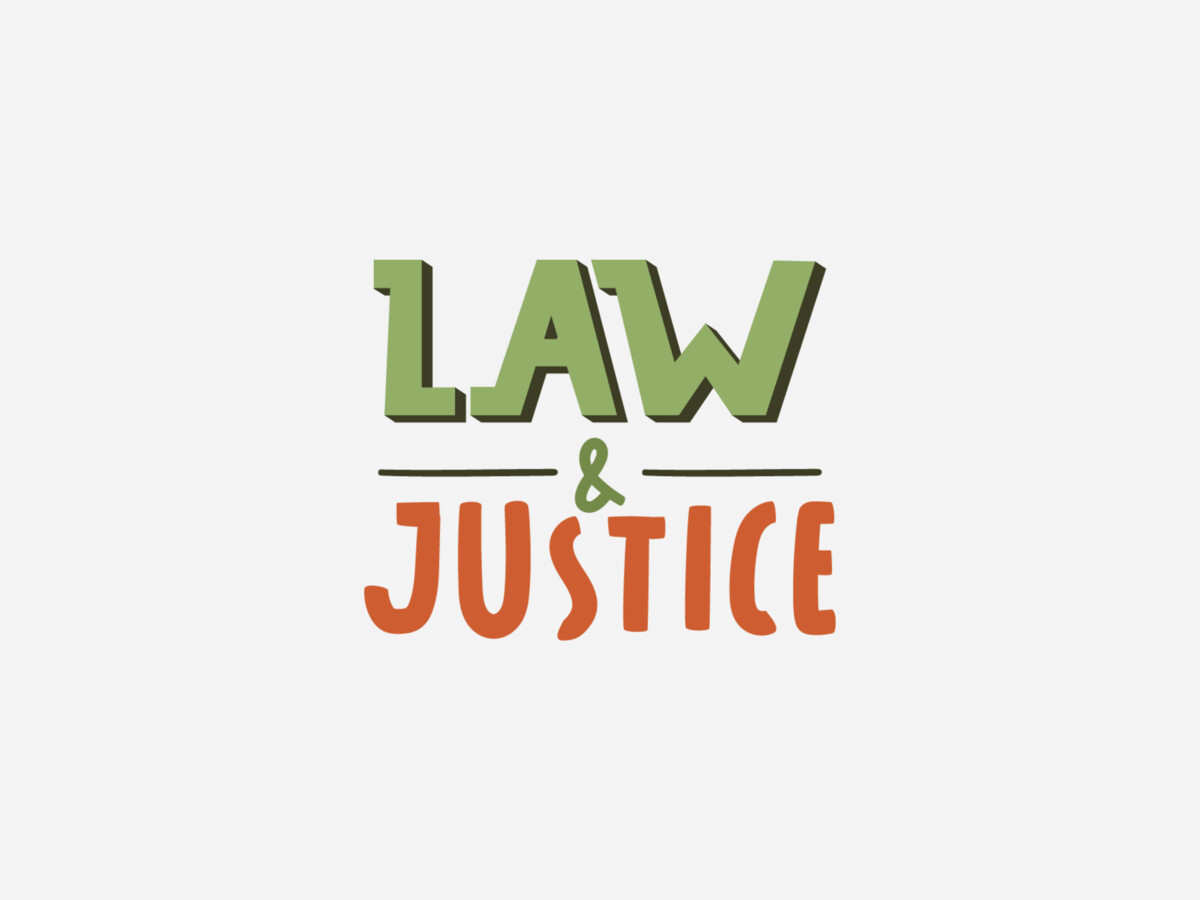Image


A 73 page REPORT TO THE JUDICIAL COUNCIL dated 10/22/21 for a 11/19/21 meeting received very little publicity. The report addressed the homeless issues based on the premise 12.5% of the U.S. population is in California while 27% of the homeless population is also here.
There is no explanation for the vast discrepancy; including more days of favorable weather, a more lenient access to public financing, and now with the Covid Pandemic and a very lenient eviction process . The latter instead has been detailed as "the COVID-19 pandemic has exacerbated the situation, with nearly one in five households lacking confidence in their ability to pay their next month’s rent."
Then according to the summary the
"Implementation of the recommendations is likely to make significant progress toward reducing homelessness while broadening access to the courts and promoting efficiencies and cost savings. The recommendations not only urge improvement and expansion of certain existing court programs with proven value, but also identify innovative new ideas for the California judicial branch based on available evidence and data. The recommendations will require funding and a coordinated approach among the state branches of government and other justice partners and stakeholders"
While the report does address "that courts and judicial officers must operate within the framework of their constitutional authority and ethical obligations to ensure equal access to justice and the EXECUTIVE and LEGISLATIVE BRANCHES exercise the prerogative to set public policy, enact laws, and provide funding for mandated services and programs."
The report then outlines the parameters for their authority to intervene in the issue and solution of homelessness
"Because courts are involved in legal determinations that can remove individuals from their residence and affect their ability to obtain future housing—whether by way of evictions, foreclosures, criminal judgments, restraining orders, civil commitments, or other actions—courts are also in a position to help ensure, with support and collaboration from those outside the branch, that legal actions need not result in homelessness."
Sections of the massive 73-page report which further sthe cause, the conclusion(s), include
"In appointing this work group, Chief Justice Cantil-Sakauye reaffirmed that all Californians are entitled to equal access to the courts regardless of their housing circumstances, and that all court users deserve dignity and justice. Courts are also in a position to assist individuals without
housing and improve outcomes. The recommendations in this report are consistent with the Chief Justice’s vision and can help to significantly reduce the crisis of homelessness in
California"
hwg_work-group-report.pdf (ca.gov)